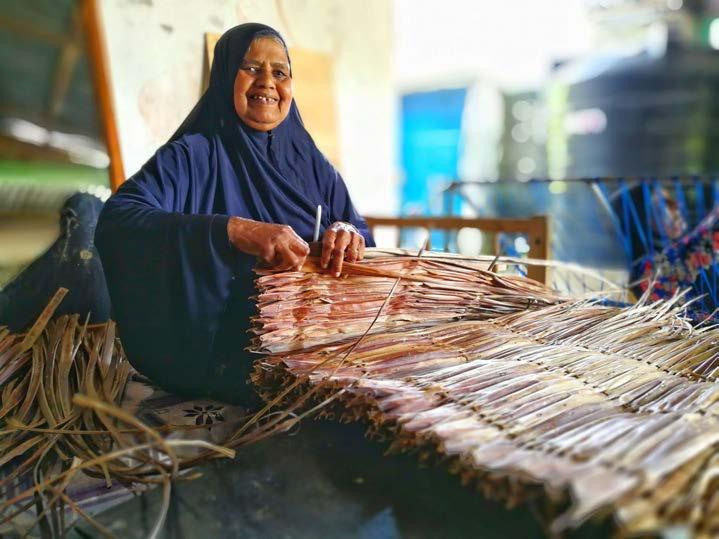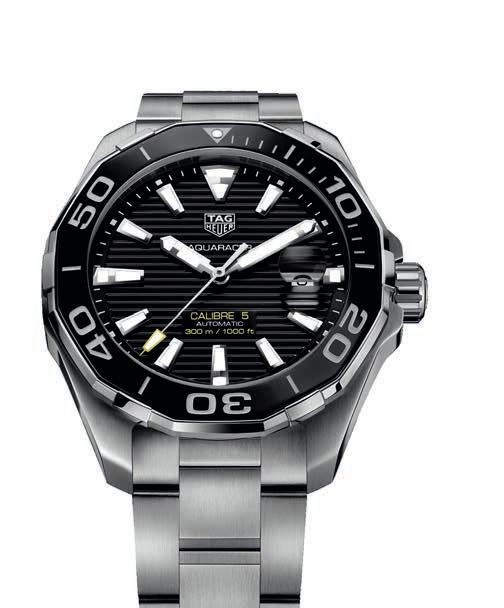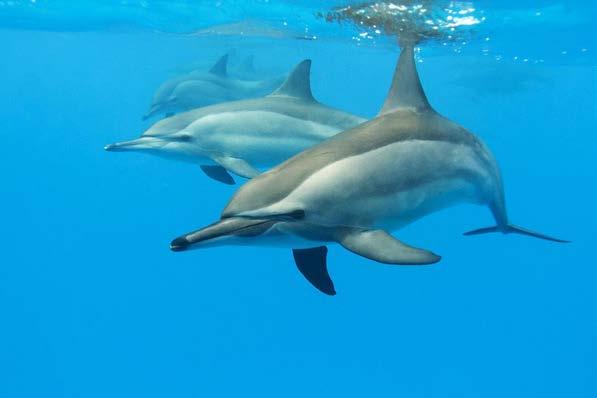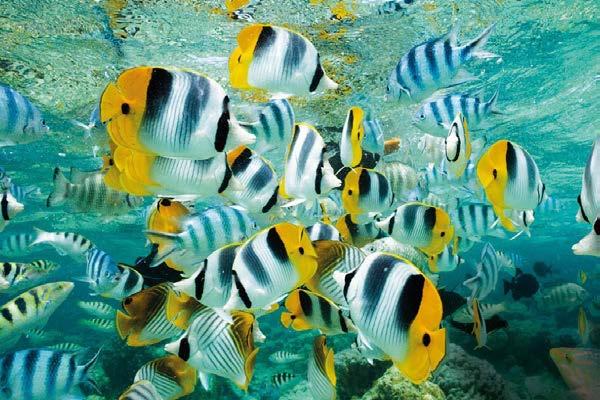
11 minute read
CULTURE OF MALDIVES
CULTURE
Maldivian culture reflects many influences gathered from around the Indian Ocean basin; India, Sri Lanka, Arabia, Persia, Indonesia, Malaysia and Africa. All kinds of customs and traditions from this lively melting pot have helped form a unique culture over the centuries.
Advertisement
Maldivian dance and music show African influences, with rhythmic beating of drums and songs in a language resembling that of East African countries. The so called "Bodu Beru" - meaning “ Big Drums” in Dhivehi – is the most popular traditional music here and almost every inhabited island has its own troupe to play at special functions, festivals or simply to entertain hotel guests. The bands - wearing traditional sarongs and white sleeved shirts - usually use up to four drums made from hollowed coconut wood and covered on both ends with manta ray skin or goat hide and are beaten with a variety of percussion instruments. The performance begins on a slow and mellow tempo and increases to a very fast pace, while the dancers move all around an improvised stage, in a very vigorous demonstration that sometimes looks almost as if they have gone into a trance. In local cuisine, it is South Asia that has had the greatest influence with highly spiced curries combining coconut milk and fish served with traditional flatbreads known as ‘roshi’. It’s no surprise that the main staple is locally caught fish, and noone forgets the taste and flavour of that Indian Ocean catch! There are a few ways to prepare fish in a traditional way: the "Garudihiya" is a soup with the whole fish thrown inside. Don't be scared of the strong smell, the taste is all the better! Another strong tradition, fortunately abandoned today – is using turtle meat, though this is now illegal, and happily has now been replaced by chicken in the modern Maldivian kitchen. The most common side dish is no surprise - rice, just as in most South Asian countries. One local invention of note is "Masbaiy" a special kind of paella where rice and tuna are spiced up with coconut milk, curry, chilly and a lot of onion - a challenge for European tastes at times, but a must for fans of spicy food. Vegetarians have great options to chose from, especially the half-moon shaped dumplings filled with potatoes known as "Peteez", or "Biskimiya" (fried pastry) with an egg and soybean filling. If you have a sweet tooth you must try "Kirukeyo", a special kind of rice pudding made with coconut milk, bananas and cinnamon. Besides a wide range of international dishes most of the hotels offer also traditional dishes. However the preparation is usually tourist-friendly with less chilly, and adapted to an international taste. The islands also adapted to tourism when it comes to alcoholic beverages. Forbidden in the Islamic culture, hotels do offer cocktails, wine, beer and the local brew, "Raa", which is a sweet toddy made from the crown of the coconut palm.
Maldivians are known for being skilled craftsmen; the intricate stone carvings found in the Friday Mosque in Male are a living example. Traditions are passed from one generation to another and the arts and crafts made today are a testament to these ancient skills. Lacquer ware is probably the most popular form of art in Maldives along with Kunaa mats. Lacquer ware is a very important part of the country's history and collectors from all around the world travel to the islands to acquire antique pieces. Lacquer work includes different carved wooden objects such as vases, jewellery boxes, bowls, baskets. The craftsman shapes the wood and then coats it layer after layer with different colours. Black, red and yellow are traditionally the most used colours and were made from the juices from trees and insects in the early days. Green can also be seen sometimes, while gold and silver are used to add appeal to special pieces. When the coating is finished and dry the items are polished with dry coconut leaves. Wooden lacquer artwork can be found all over the islands with the most famous region being Thulhaadhoo in Baa Atoll. Thulhaadoo craftmen used to supply the royal Maldivian families and acquired a very strong reputation in and outside of the country. While the lacquer work is mostly done by men, the weaving of Kunaa mats is a tradition that was passed from mothers to daughters. The most beautiful pieces were used as royal gifts from the sultan of Maldives to the Dutch and British governors of Sri Lanka. Nowadays these mats are still offered to visiting diplomats, foreign dignitaries and other VIPs visiting the islands. Traditionally used for sleeping, seating or praying, the size of the mats vary accordingly. The reeds used to create these mats are cultivated and gathered on the local islands, dried under the sun and then dyed in a natural colour, or sometimes in yellow, brown or black. Another old craft that reflects Maldivian heritage and is still carried out by few Maldivian artisans is jewellery manufacturing. The people from Rinbudhoo on the northern rim of Dhaalu Atoll have the reputation of being the finest jewellery makers in the Maldives. According to Maldivian legend, the chief jeweller of the Sultan taught the islanders after getting exiled to Rinbudhoo island for stealing the king’s gold which was in his care. They have passed the art on from generation to generation.


Today the manufacturing of such jewelleryhas become very expensive and therefore many craftsmen have moved into other professions. However a new generation of Maldivians artisans are little by little rediscovering this ancient art, and are sometimes commissioned to create such objects for special occasions. From the most ancient times Maldivians used the wood of different trees to create vases, kitchen utensils, cutlery, jewellery boxes and various containers. More recent times have seen a concentration on miniature models representing the old Maldivian culture and way of life. One the most famous example of these miniatures is the new art known as Dhoni crafting. Dhonis are the original traditional Maldivian wooden sailing boats and are still used as transportation or fishing vessels. Wood carvings are sometimes painted or lacquered and make wonderful souvenirs.

The oldest Maldivian dress, the Dhivehi libaas, is a perfect demonstration of Maldives’ most exceptional embroidery techniques. This traditional dress is adorned by a very unique cloth piece called Kasabu viyun. Kasabu viyun entails silver and gold laces hand stitched into the neckline of the Dhivehi libaas. Unfortunately very few people sill practice this traditional work and it is not only very difficult but also expensive to obtain a high quality piece. Even though people use sewing machines these days, the most complicated part of the work is still done by hand. The libaas have evolved over time, but you can still see many women wearing the traditional dress in the streets of Male or on the local islands. The traditional libaas is worn with an underskirt tissue piece called feyli. Feyli is an important piece of costume for both men and women and records show that it has been a part of the Maldivian culture since as far back as the 14th century.

An emerald jewel in the turquoise Maldivian waters. Acres of luxuriant vegetation. Spectacular beaches tapering into an endless sandbank.




Catering to all budgets, choice of villas range from the individual Beach Villas to the idyllic Water Villas with Pool. Savour exquisite dishes from 12 superb restaurants catering to diverse taste buds. Sip exotic cocktails in the 7 bars conveniently located in beautiful settings around the island. The island's vast size opens up an array of activities on the island or in the water. Younger guests find thrilling options at Bageecha Kids Club, featuring fun and educational experiences.
Kuramathi Maldives – a retreat that offers unique experiences for all in a natural setting.
Kuramathi, Maldives Kuoni (01306 747008 or www.kuoni.co.uk) offer seven nights Full Board at Kuramathi in a Superior Beach Villa including flights on SriLankan
Airlines from London Heathrow and transfers in resort. The price for selected departures in March 2020 based on two adults sharing is from £2299 per person, with a saving of up to £753 per couple.
AQUARACER CALIBRE 5 Chris Hemsworth works hard and chooses his roles carefully. He handles pressure by taming it, and turning it to his advantage. #DontCrackUnderPressure was coined with him in mind.


Indian Ocean Islands Spearhead Environmental & Wildlife Protection
The Indian Ocean, with its azure crystal clear waters, is home to some of the world's most beautiful island Nations; Seychelles, Mauritius, La Reunion, the Maldives and Madagascar to name a few.

These incredible destinations are teeming with exotic flora and fauna, scrumptious delicacies and a vibrant culture to experience. However, one aspect that has become a crucial movement to sustain the natural beauty of these nations is ecotourism!
As the global community cries out to the world's leaders for the protection of the environment and marine life, these pristine island nations are spearheading environmental and wildlife protection in innovative and creative ways through their local people.
The Maldives is made up of 26 natural atolls lying north to south across the equator. The population of the island nation is spread out over 194 inhabitable islands with a third currently living in the capital of Malé. The other 105 islands are self-contained popular tourist resorts.

The Maldives Matter Project
"Transferring knowledge regarding sustainable agriculture, making the country self-sufficient and independent on imported produce."

The Maldives Matter project came about when the founders finished with a master course on the Maldives and experienced the need for action, and stepped in. They formed a plan to solve the problems the Small Island Developing State and hence the Resilient Island Foundation was born. Developing concepts to plans, and plans to reality focusing on three important pillars: sustainability, impact and economic feasibility. Developing large scale, financially feasible projects with a big impact. The profits of the project go towards solving other problems that require financial investments such as the solid waste management, plastic soup, coral bleaching, protecting animal habitats, marine environments and safeguarding islands from floodings.
The Maldives Matter Project is a unique and innovative plan to realize a high-tech, high-end productive and self-sufficient greenhouse in the Maldives. The greenhouse will cool during the night to enlarge the difference in day and night temperature. This way it is able to produce crops that cannot be grown within the current climate. Therefore the project will not compete with current farmers, but supply the locals with high qualitative and fresh vegetables instead of imported crops - reducing the dependence once again to imports and reducing the carbon footprint. The greenhouse will be one hectare in size and consists of supporting facilities which include a PV panel field, biodigester, desalination plant and water storage. It will not only provide electricity and freshwater to the greenhouse, but will also provide water and renewable electricity to the local surrounding community. The biodigester of the Maldives Matter Project will be able to process all of the organic waste“to reduce the amount of imported food, to
educate the local community in high productivity horticulture and to implement a circular economy“




The greenhouse will be able to produce high quality crops. Something the Maldivian tourist industry asks for and their biggest target groups are the resorts, hotels, guesthouses and safaris. Besides bringing the small island nation fresh vegetables, renewable energy and freshwater, the Maldives Matter Project will be blending the location to be a place where innovation and education can take place for the local people.
www.resilientisland.com info@resilientisland.com
GoECO - Marine & Turtle Conservation

Coined as an amazingly unforgettable experience in the Maldives, this initiative provides volunteers with the opportunity to work alongside professional marine biologists to rehabilitate sea turtles at a local center. Volunteers can be involved in every aspect of the rehabilitation cycle, as well as take part in crucial activities such as rescuing, measuring and feeding turtles! For the marine conversationalists and the environmental enthusiast this project bridges enjoying paradise whilst at the same time taking part in efforts to rescue and rehabilitate turtles.
A typical day participating in this conversation initiative involves exploring uninhabited islands, snorkelling in the worlds most azure and crystal clear waters, as well as learning from highly experienced marine biologists.










